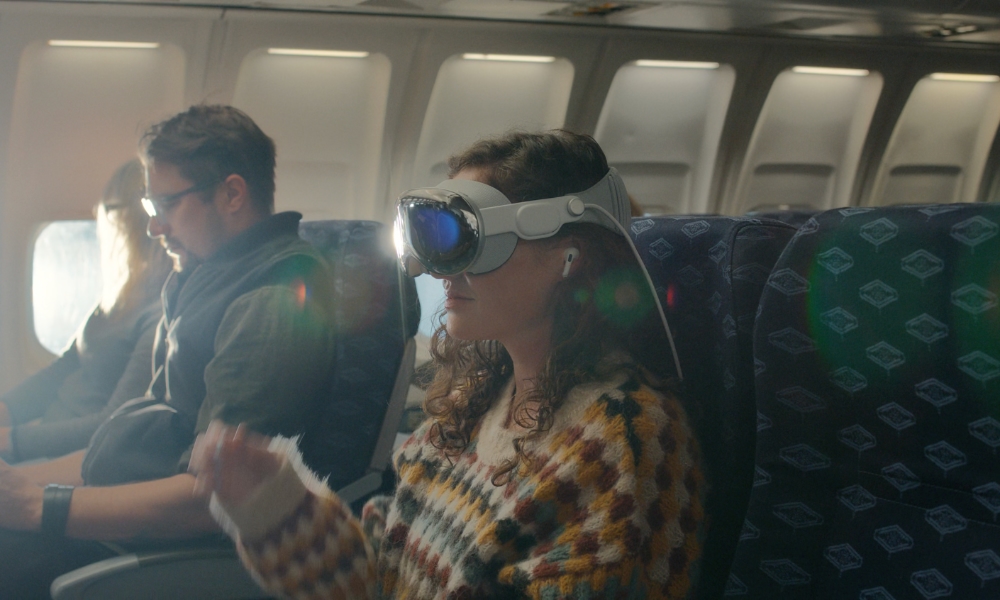The Vision Pro May Launch outside the US Sooner than We Thought

Toggle Dark Mode
Although Apple’s exciting new Vision Pro headset is set to arrive in Apple Stores in less than three weeks, only those in the US are going to be able to even check out the new headset, much less buy one. However, the good news is that the rest of the world may not have to wait too much longer.
When Apple unveiled the Vision Pro at last year’s Worldwide Developers Conference (WWDC), it promised it would come to the US in early 2024, adding only that other countries would follow “later” in the year. It didn’t say which countries those might be or what it meant by “later.”
However, Apple has not only kept its early 2024 promise for the US but also exceeded expectations. Many didn’t think the Vision Pro would land until March, so a February 2 launch date is not only exciting — it’s almost unprecedented for any Apple product to land so early in a new year.
This has led to some optimism that Apple might be preparing for a wider release much sooner than we anticipated. Specifically, veteran Apple analyst Ming-Chi Kuo suggests that Apple wants to get the headset launched in other countries before this year’s WWDC, which is expected to take place in June.
Kuo’s reasoning, outlined in his post on Medium, is that Apple wants to empower a global visionOS developer community at WWDC 2024. To do that, Apple needs to have the hardware available in more non-US markets; after all, developers won’t be eager to develop apps for hardware that they can’t even get their hands on.
The limited initial supply of the Vision Pro is one reason Apple confined the initial launch to the US — last week, Kuo suggested Apple has only produced 60,000 to 80,000 units so far. However, it’s not the only factor. According to Kuo, Apple wants to ensure the US sales process goes smoothly and needs to modify some of the Vision Pro’s algorithms to comply with regulatory requirements in certain countries.
That’s unsurprising, as there are many more variables to contend with here than most Apple products. Vision prescriptions alone are a sticky wicket for Apple, as how these are collected and submitted can vary between countries. In the US, Apple requires a “valid, unexpired prescription from a U.S. eye-care professional.”
Then there’s the matter of training retail staff and preparing stores and demo areas — a process that’s been described as Apple’s “most sophisticated sales pitch ever.” For the US launch, Apple selected at least one employee from each of its 273 retail stores to travel to Cupertino to be trained on the entire process. Those employees are then expected to transfer that knowledge to their co-workers back at each of their local stores. A similar process will undoubtedly be followed in other countries. However, whether Apple flies employees to Apple Park or uses local training centers in each country, it will still take time to get this all sorted out.
As for which countries may be next? Kuo hasn’t made any predictions in that regard, but last summer, Bloomberg’s Mark Gurman heard from sources that Canada and the UK were likely to be the first international markets “by the end of 2024.” Those would be closely followed by Europe and Asia. At the time, Apple’s engineers were already working on localizing visionOS for France, Germany, Australia, China, Hong Kong, Japan, and Korea.
While a pre-WWDC 2024 global rollout seems ambitious, it may not be that far-fetched if Apple confined it to only Canada and the UK. After all, Apple only has 28 stores in Canada and 40 in the UK, which is a drop in the bucket compared to the 273 stores that it’s already had to equip in the US, which represents more than half of all Apple Stores globally.
[The information provided in this article has NOT been confirmed by Apple and may be speculation. Provided details may not be factual. Take all rumors, tech or otherwise, with a grain of salt.]







